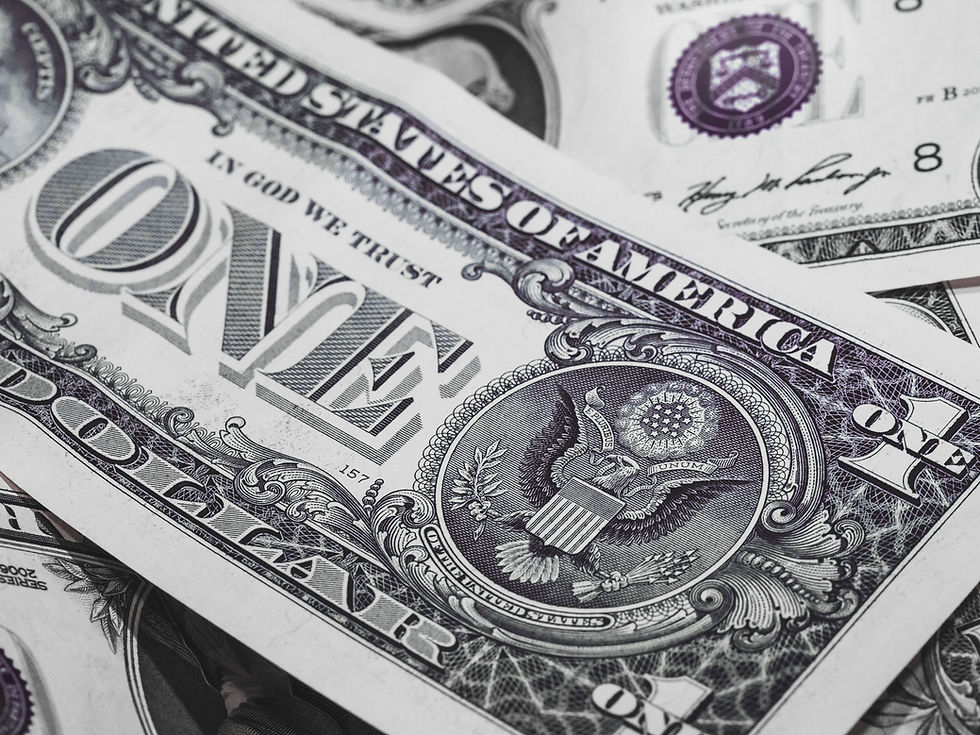IDENTITY THEFT Prevention & Detection
- John Shields
- May 17, 2023
- 4 min read
Updated: May 17, 2023

Earlier this year I began receiving loan application notices from various banking institutions. Realization hit me like a giant hammer. Someone had stolen my personal information and used it to submit personal loan applications in my name using a variety of different institutions across the US. Fortunately, none of these loans were approved. This frustrating situation prompted me to write this article on identity theft prevention & detection.
PREVENTION
§ COMPLICATE YOUR PASSWORDS. You hear this ad nauseam, but it is the simplest, cheapest and usually the most effective defense against identity thieves. Stronger passwords equal safer information, period. If you do not want the hassle of creating, writing down and changing passwords, subscribe to an online password management service that will handle this entire process with just a few clicks. This article highlights some of the best options for password manager software and the reasons for their ratings: https://www.forbes.com/advisor/business/software/best-password-managers.
§ DO NOT save passwords or financial information through your web browser or when asked on websites. For passwords, rely on the added security and time-saving features of a password manager. For financial information, spend that extra minute or two to enter your payment information WITHOUT SAVING IT to avoid exposing your financial information among various providers and businesses. Less [sharing] is more [secure] in this instance!
§ USE 2FA [two-factor authentication] whenever possible to add an additional layer of security over your information. Especially consider 2FA for any websites containing or storing your SSN, health records, bank information or credit cards and of course your password manager software.
§ SECURITY FREEZE. If you don't anticipate needing to finance anything or obtain a new credit card any time soon, consider placing a security freeze on your credit. This will prevent anyone from issuing credit without your expressed approval and it’s free to issue and revoke at any time. Visit this website for further details: https://www.consumerfinance.gov/ask-cfpb/what-does-it-mean-to-put-a-security-freeze-on-my-credit-report-en-1341/
§ LOWER CREDIT CARD LIMITS. Note that there are consequences to lowering your credit limits because maintaining a balance over 30% of your total credit reduces your credit score. This will negatively impact your ability to obtain loans or other financing as well as the rate of interest you will pay. However, in my situation, my credit card limit was much lower than the thief's requested loan amounts using my name. Most of the institutions who sent me notices cited this credit disparity as the primary reason for rejecting the fraudulent applications. Now more than ever, I gladly accept a slightly lower credit score in exchange for preventing thousands of dollars of damages. To lower your credit card limit, simply contact your credit card provider’s customer service department and request a change.
§ CARD RESTRICTIONS. Use NAICS or MCC uniform business codes to restrict your card from purchases that are irrelevant to your personal or company cards. NAICS codes identify a vendor by industry whereas MCC codes identify a vendor by their primary line of business. Talk to your credit card provider for details regarding options to restrict your card based on codes. A complete guide to NAICS codes can be found here: https://www.census.gov/naics/?58967?yearbck=2022 and MCC codes can be found here: https://www.citibank.com/tts/solutions/commercial-cards/assets/docs/govt/Merchant-Category-Codes.pdf
DETECTION
§ SUBSCRIBE TO AN IDENTITY THEFT MONITORING SERVICE if you want coverage over various kinds of sensitive info and prefer someone handle it. I personally use ID Shield, which has great customer service and a nice product, but there are other great options: https://www.usnews.com/360-reviews/privacy/identity-theft-protection
**NOTE: If you are only interested in credit & dark web monitoring, there are FREE services available such as Experian.**
§ SET UP ALERTS for your bank accounts and credit cards online and selecting a dollar limit. You will then receive a text or email or both anytime a purchase or transfer is made over the limit that you set. If money is stolen from your bank account, you must quickly notify the bank so they can make a solid effort to recover the lost funds and reimburse you if their efforts fail. If too much time passes (only several days typically), you may not recover your lost funds and the bank's policy may allow them to refuse to reimburse those lost funds. Fraudulent purchase and refund terms on credit cards are typically more lenient, but policies vary by provider.
§ REVIEW YOUR STATEMENTS: Take a few minutes to review bank and credit card activity at least once per month for anything unusual and follow up as needed. Also, take a few seconds to check those annoying notification texts you just signed up for after reading the previous paragraph! A time may come when doing so will be your saving grace!
If your identity has been compromised, IMMEDIATELY contact the service provider you use for identity monitoring and visit the Federal Trade Commission ID theft website at https://www.identitytheft.gov/# to view each step in detail. A few other considerations are: to contact your local police department and file a report, to consider freezing your credit and notifying any financial institutions maintaining an account in your personal and company's name (bank, credit cards, loans etc.). Further details about identity theft can be found on the website above as well as the following website: https://www.usa.gov/identity-theft.




Comments